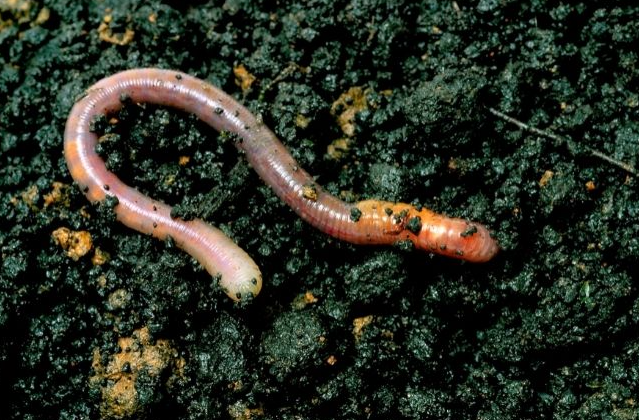Understanding the Phenomenon of Inherited Food Habits in Worms (GS Paper 3, Science)

Introduction
- Researchers from Princeton University have made a fascinating discovery regarding the dietary habits of Caenorhabditis elegans worms, shedding light on a previously unknown aspect of inherited behavior.
The Worm: A Model Organism
- Caenorhabditis elegans, often referred to simply as "the worm," holds a special place in scientific research due to its extensive use in studying neuronal and molecular biology.
- This tiny roundworm was the first multicellular organism to have its entire genome sequenced and its neural connections mapped, providing invaluable insights into fundamental biological processes.
Message from the Worm's Diet
- Upon ingesting a disease-causing strain of the bacterium Pseudomonas vranovensis, C. elegans worms exhibited a remarkable change in behavior.
- They subsequently avoided consuming the bacteria, thus protecting themselves from potential illness.
- Even more astonishing was the finding that this learned avoidance behavior was passed down to subsequent generations of worms for up to four generations.
Unraveling the Molecular Mechanism
- Further investigation revealed that the bacteria produced a small RNA molecule known as sRNA. When ingested by the worms, this sRNA altered their feeding behavior, leading to a lasting aversion to the disease-causing bacteria.
- This transgenerational transmission of behavioral traits was attributed to a process called RNA interference, which regulates gene expression in many organisms.
Implications and Future Directions
- The implications of this discovery extend beyond the realm of worm biology, raising intriguing questions about the potential for similar mechanisms in other organisms, including humans.
- Could microorganisms in our gut influence our behavior through the transfer of RNA molecules?
- Exploring these possibilities could open new avenues for understanding inherited traits and their role in shaping behavior across generations.
Conclusion
- The study of Caenorhabditis elegans continues to yield groundbreaking insights into fundamental biological processes.
- By uncovering the phenomenon of inherited food habits in these tiny worms, researchers have opened doors to further exploration of the molecular mechanisms underlying behavior and inheritance.


